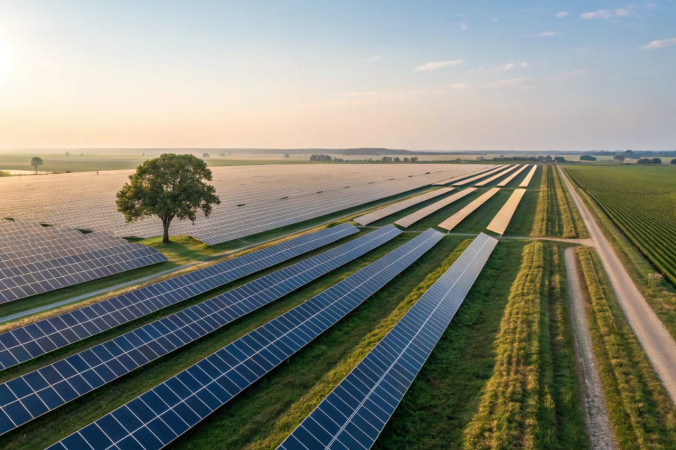
Follow India Renewable Energy News on WhatsApp for exclusive updates on clean energy news and insights
Green Securitisation: Unlocking New Avenues for Renewable Energy Financing
Feb 26, 2025
Green securitisation is emerging as a key financial tool to support India’s clean energy transition, enabling the pooling of assets such as solar and wind project loans, EV financing, and small-scale renewable energy investments. The receivables from these assets are assigned to a Special Purpose Vehicle (SPV, which repackages them into interest-bearing securities like bonds or Pass-Through Certificates (PTCs) for institutional investors.
India’s securitisation volumes are projected to exceed INR 200 crore in FY 2024-25, following INR 190 crore in FY 2023-24. Historically, vehicle loan securitisation (43%), microfinance (16%), and small business loans (11%) have dominated the sector. However, with India's 500 GW renewable capacity target by 2030, green securitisation is gaining traction to promote ‘Green Inclusion’—enabling financial access to clean energy solutions for MSMEs, small businesses, and individual consumers.
Advantages of Green Securitisation
-
Unlocking New Capital for Renewable Energy
- Banks can fund early-stage renewable projects, including high-risk construction phases.
- Once projects stabilize post-commissioning, their revenues can be securitised and sold as mature investment products.
-
Enhancing Market Liquidity & Institutional Participation
- Institutional investors with lower risk appetite can invest in proven renewable projects.
- Banks can recycle capital, using funds from securitised assets to finance new renewable projects.
-
Scaling Small-Scale Renewable Investments
- Aggregation of smaller-scale projects like green mortgages, EV loans, residential rooftop solar, and SME energy storage loans can mobilize finance that would otherwise be unavailable.
India’s Green Securitisation Potential
India Ratings estimates that green securitisation could reach INR 30,000 crore by 2030, particularly in electric vehicle loans, playing a crucial role in bridging India’s net-zero financing deficit.
Challenges and Roadmap for Growth
To fully realize green securitisation’s potential, key stakeholders must:
- Standardize contracts, documentation, and installation practices for renewable energy assets.
- Improve data transparency on renewable energy risks for investor confidence.
- Educate investors on renewable energy valuation methodologies.
Green securitisation presents a transformative opportunity for India’s clean energy financing landscape. By leveraging securitisation mechanisms that have successfully expanded financial inclusion, India can unlock new capital pools, accelerate renewable project deployment, and drive sustainable growth toward its 2030 targets.